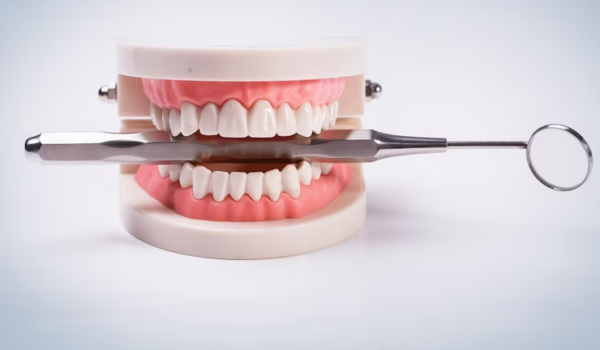The emergence of those first tiny teeth in an infant’s mouth is a remarkable milestone in their journey of growth. But the story of “cutting teeth” stretches far beyond folklore and lullabies.
In this article, we’ll start by diving into the extensive history of teething, exploring the fascinating beliefs, remedies, and superstitions that have surrounded it for centuries.
Then, we’ll fast-forward to the present day, discussing modern perspectives and practices related to this essential process.
The Historical Perspective of Teething
Ancient Beliefs and Remedies
Throughout history, teething has been shrouded in myths and superstitions that have shaped cultural practices. Ancient civilizations attributed teething discomfort to various mystical causes.
For example, the ancient Greeks believed that teething pain was the result of malevolent spirits attempting to enter the child’s body, leading to rituals and the use of protective amulets.
In medieval Europe, teething troubles were often linked to witchcraft, giving rise to peculiar remedies such as hanging a wolf’s tooth around an infant’s neck.
Teething in the Modern World
Scientific Understanding
In modern times, our comprehension of teething is grounded in scientific research. Teething typically begins around six months of age, and teeth erupt in a specific sequence, often causing discomfort and irritability in infants. Pediatricians and pediatric dentists play an essential role in educating parents about this process and helping them navigate potential challenges.
Coping Strategies for Modern Parents
Today, parents have access to a wealth of information and resources to help their children cope with teething discomfort. Teething rings made of safe materials, over-the-counter gels designed for infants, and gentle gum massages have become commonplace strategies.
Pediatric dentists are instrumental in guiding parents on proper infant oral care and addressing any concerns that may arise during this phase.
Teething in Our Fast-Paced World
In today’s fast-paced society, maintaining dental health is more crucial than ever. Parents are encouraged to start oral care routines early in a child’s life. This includes gently cleaning the gums even before the first teeth appear, using a soft, damp cloth or infant gum massagers. As teeth emerge, transitioning to a small, soft-bristled toothbrush is recommended.
Regular Dental Check-Ups
One significant advancement in recent times is the emphasis on early and regular dental check-ups for children. Dental professionals can monitor the development of a child’s teeth, offer guidance on oral hygiene practices, and address any potential issues promptly. Preventive care is key to maintaining optimal oral health throughout life.
Balanced Diet and Dental Health
Modern nutrition science emphasizes the role of diet in dental health. Parents are encouraged to provide a balanced diet that promotes healthy tooth development. Limiting sugary snacks and beverages, and ensuring adequate intake of calcium and vitamin D, contributes to strong teeth and gums.
Conclusion
The journey of “cutting teeth” encompasses a rich history, filled with ancient beliefs, superstitions, and evolving remedies. Today, we possess a clearer understanding of teething, enabling us to better support our children during this transitional period. As we navigate the complexities of our modern world, one thing remains constant – the significance of maintaining good dental health, ensuring a lifetime of bright smiles and overall well-being.
Let us continue to cherish those adorable toothy grins and provide our children with the care and knowledge they need for a lifetime of healthy teeth in today’s fast-paced world.
